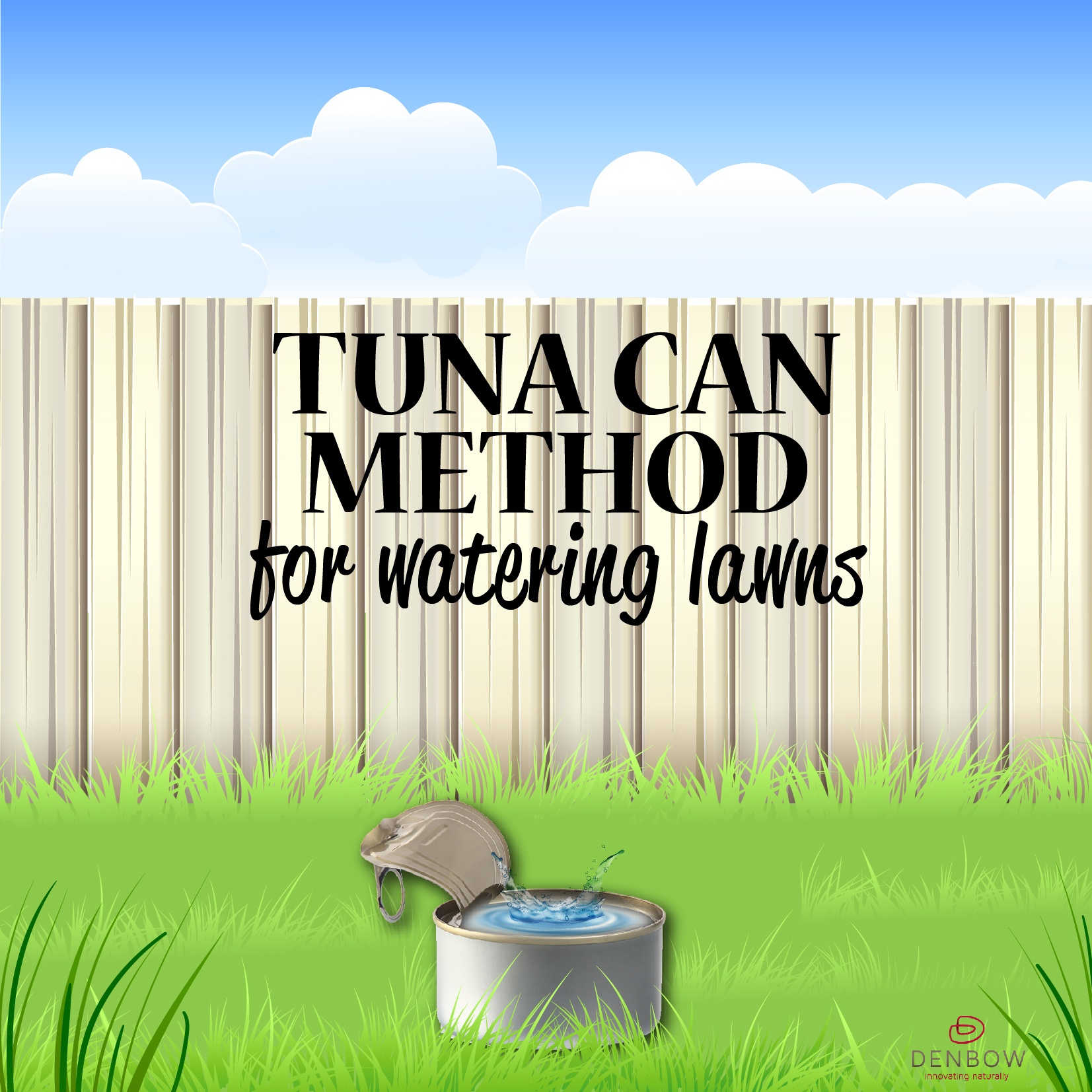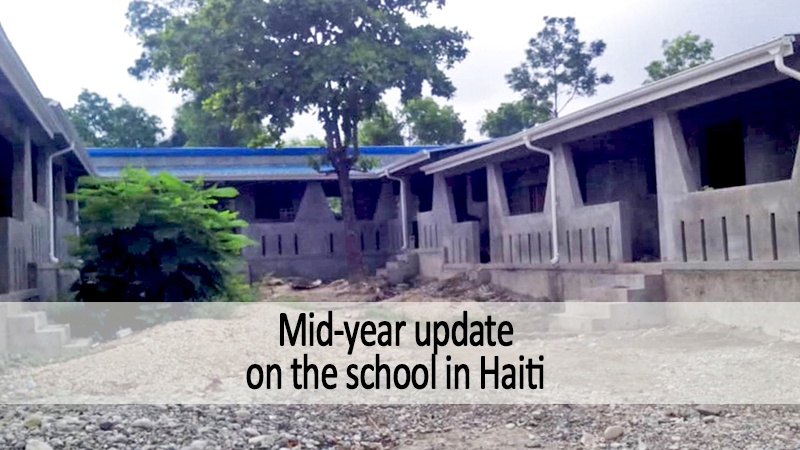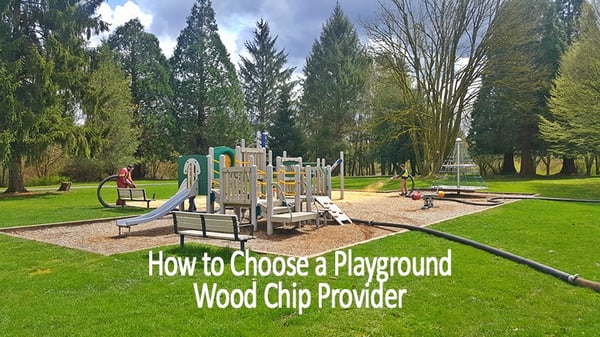 The surface choosen for playgrounds will affect the safety, accessibility, and the amount of maintenance it requires. Playground wood chips, commonly known as engineered wood fiber is one of the most popular options. However, not all wood chips are created equal.
The surface choosen for playgrounds will affect the safety, accessibility, and the amount of maintenance it requires. Playground wood chips, commonly known as engineered wood fiber is one of the most popular options. However, not all wood chips are created equal.
Why Regular Wood Chips Don't Cut It
Regular wood chips or bark mulch are great for many things, but they aren't the best choice for playgrounds.
- Risk of splinters from the bark
- Recycled wood chips may be treated with chemicals
- They also are more prone to mold.
- Regular wood chips are 'leftovers' from sawmills or chipped from recycled wood - so they aren't standardized or held to any specific regulations
- Regular wood chips or mulch don't provide enough cushioning to be considered a safe playground surface.
If a playground surface isn't up to the proper specifications, your company or district may be liable if a child gets injured in a fall. They simply aren't worth the risk.
What Is Different About Playground Wood Chips?
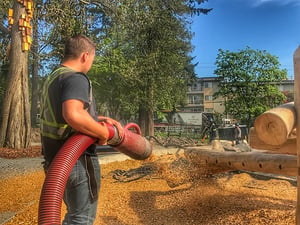 Playground wood chips, also known as engineered wood fiber, are designed specifically for playgrounds. They have several distinct advantages over regular wood chips/mulch. Playground chips are
Playground wood chips, also known as engineered wood fiber, are designed specifically for playgrounds. They have several distinct advantages over regular wood chips/mulch. Playground chips are
- Made from untreated (virgin) wood, so they are completely free of hazardous chemicals, twigs, leaves and bark.
- Are manufactured to certain size specifications according to ASTM, CPSC and ADA standards. They are designed to knit together to provide superior cushioning.
- The material doesn't decompose as fast as mulch, but it does become compacted. This is partly due to the design of the material as children play on the area.
- It provides a more cushioned landing. Pea gravel or other surfaces may be tempting for animals to use as a litter box, and they are able to bury their leavings in the gravel. The way the wood chips knit together discourages this, and any debris is sure to remain on top so that it can be easily disposed of.
- Playground chips are considered an attenuated surface. This means that as long as the depth requirements are met, it provides a safe amount of cushioning in the event a child falls.
- Another safety advantage is that it doesn't attract insects. Insects and termites are attracted to some wood products, but playground chips tend to be too small for them to be interested in.
- The material is also wheelchair accessible.
Playground chips to be a minimum of nine inches thick for fall attenuation. However, the recommended depth to break falls from up to 12 feet high is to install the initial playground chips to a depth of 12 inches after compaction (allow for 30%). In order to maintain depth, regularly check the depth of the surfacing; top-up to maintain depth are recommended every other year but depend on the playground use.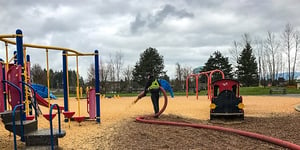
Importance of Maintaining a Proper Surface
The safety of the children playing depends on the surface used. Proper playground chips will help protect children from falls, from potential hazards that could become hidden, and splinters. It is the responsibility of the playground owner (municipality, school district, strata, homeowner, etc) to make sure kids are safe on the playground, and that it is properly maintained. If an injury does occur, a playground inspector may come to see if the playground meets the proper safety standards. If it doesn't, the owner could be held legally responsible for any injuries.
How to Know If a Manufacturer Meets The Proper Standards
The manufacturer you choose to purchase from should provide testing results to show they manufacture their playground surfacing wood fibre to the correct specifications.
It is also important to choose a company who has a proven track record for providing quality materials and proper installation.
It is a real joy to watch children enjoy playing on a playground. Use playground wood chips with the proper certifications, and rest assured knowing they are safe while they are playing.

